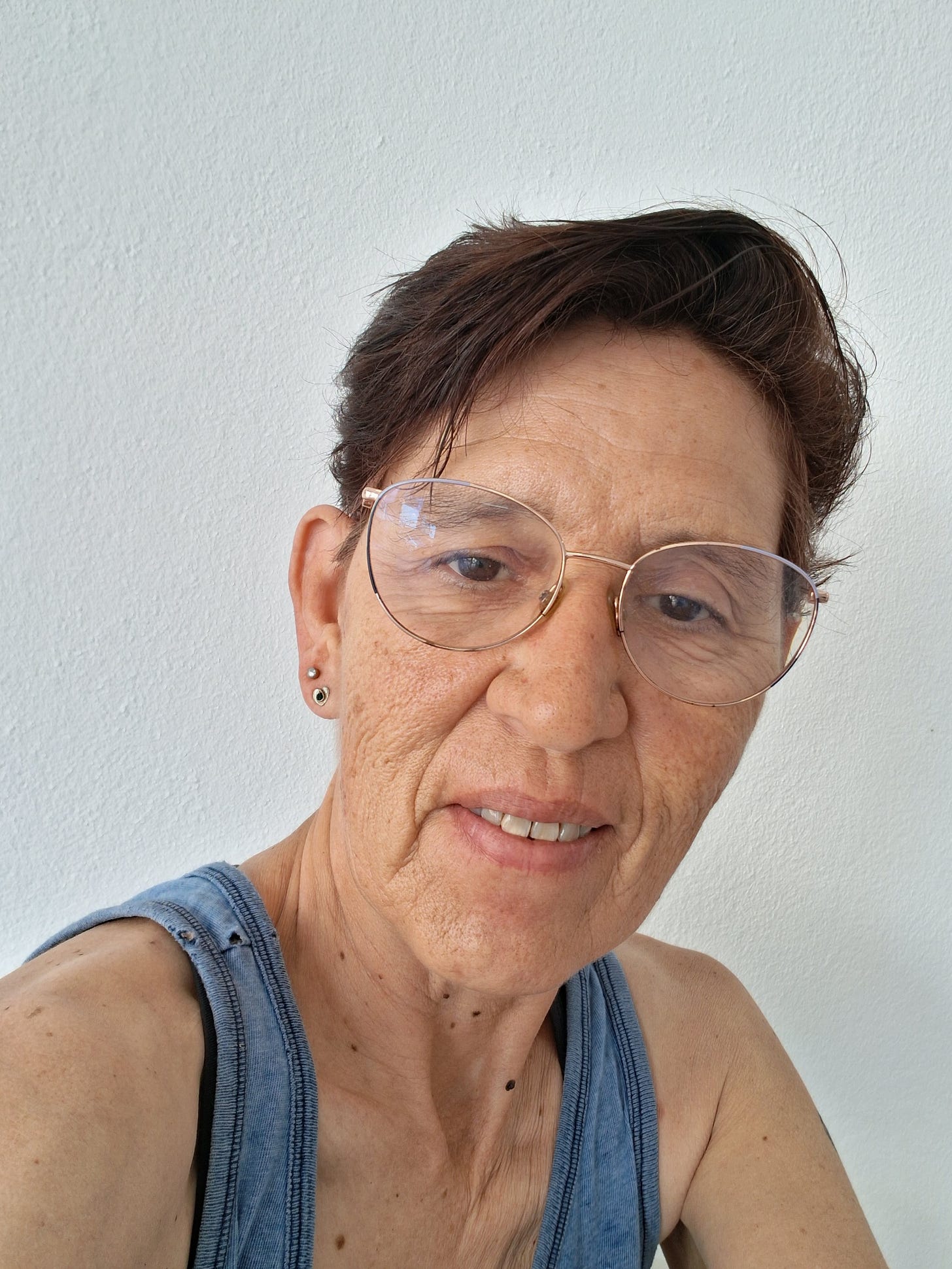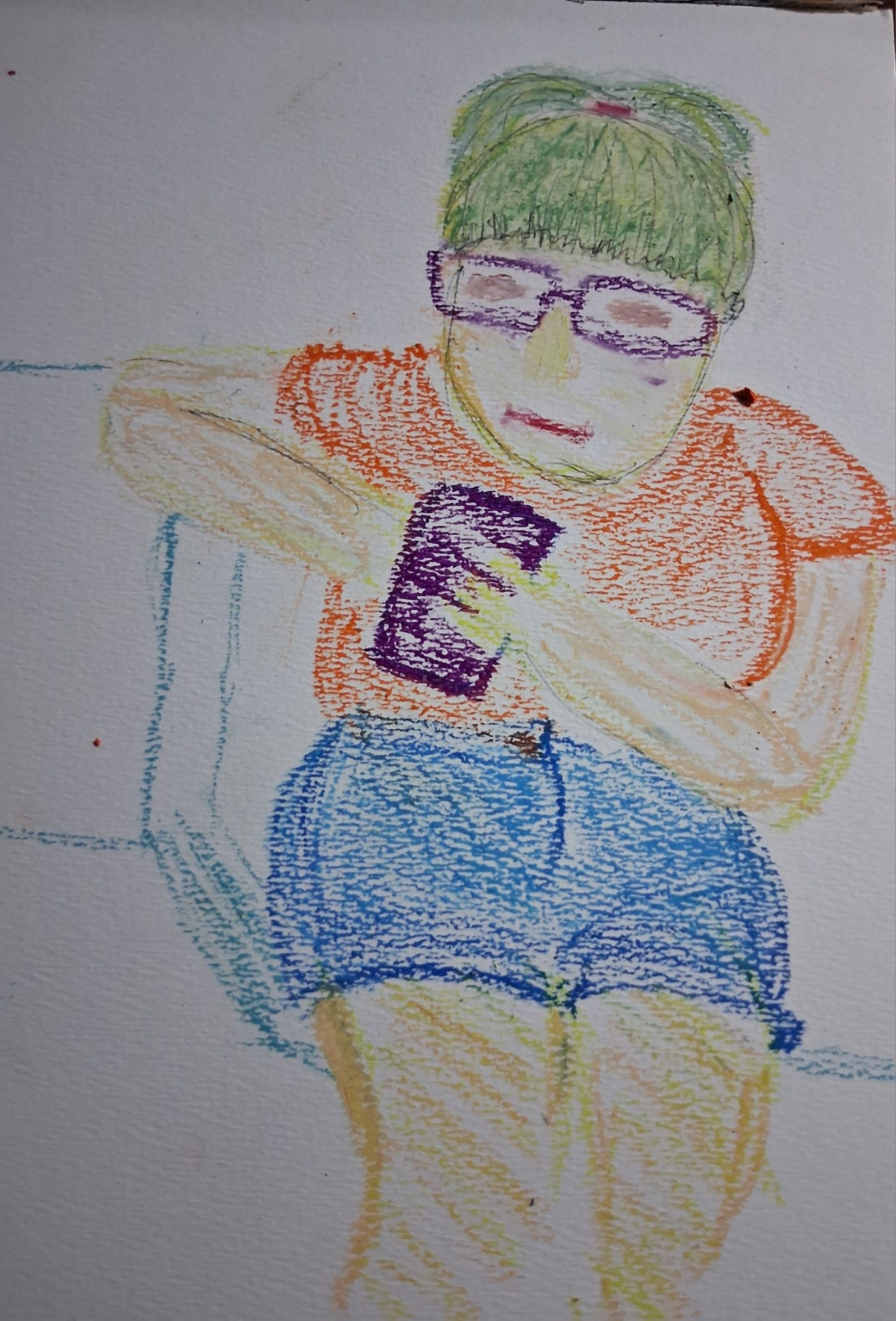Those of us who have adhered to a rigorous work ethic for decades view the notion of self-care that has captured the zeitgeist in recent years with a degree of reticence on days when we feel charitable, and something approaching disdain on any other given day.
The idea of taking time out for pampering precisely when undergoing a stressful period in one’s life is foreign to us. Certainly, nobody ever asked me how I felt, or inquired as to the status of my mental health when work was especially hard, when my schedule was punishing to say the least, or when the level of responsibility assumed was way in excess of my pay grade. We were expected to—and did—simply get on with it.
When the going gets tough, the tough get going. And of course, you’re tough. Little sayings like Alanis Morissette’s “the only way out is through” help the toughened ones to forge ahead until true repose—once the work is done—is both deserved and necessary.
Maintaining a good work-life balance was only ever a passing thought up until about a decade ago, I guess. It was not a filter through which every proposed activity had to pass. What was a consideration was time management: the idea that you needed to organise yourselves so that you had time, or made time, for everything. The concept of humans actually being capable of fabricating time, as if it were as easy as making something out of paper maché, struck me as amusing as a child. I still laugh about that to myself.
Even half-arsed, seat-of-the-pants time management meant that evenings were for cooking dinner, watching TV, reading a book, and swinging a cat, a monkey or a whale while barefoot. It was what passed for leisure in the company of whoever you lived with. Saturdays were for playing or watching sport at school or at clubs, Sundays were for treating your soul, which could take the form of Church, fishing or a lazy day at home, notwithstanding mowing the lawn, making a salad for the barbecue or giving a dog a bath.
Granted, this was all before the internet was even half-way decent. Social media was not a thing, and not everyone had a telephone (by which I mean a landline). In other words, the machinery or equipment we used in our day jobs was not the same as the kinds of things we used at play.
Our lives were more social, even if socialising was not always with those of our particular choice: it came with obligations to attend gatherings of family, family friends, and friends. I am making it sound more awful than it was. The point is that it was seldom about self. Even natural-born non-conformists such as I complied with the common understanding that such things were designed for the common good. In any case, it was good training in how to get along with just about anybody.
Being sociable was driven home the day after Christmas when I was not quite twelve. Friends and relatives had given me books as presents. My parents had a lunch at our home on that day. After lunch, and completing the minor duties assigned to me, I took myself off to the unpopulated sitting room and started to read one of these lovely books. My mother found me and said that on no account was I to continue reading, since we “had people”. The available options were to go and play in the garden with the other, mostly younger, children or sit with the adults in conversation. This was no time for introversion or introspection!
I was not traumatised by this, as evidenced by my continued bookworm activities throughout life, but by the same token, I was not allowed to sulk. And so, I obeyed, and was sociable for the rest of the afternoon.
Things are different these days, but for all the heads bent over devices, I am still encouraged when I see a group of girls ranging in age from about nine to twelve using their smartphones to play music and work out some choreographed dance moves just outside my door this afternoon. Crap music, but hey, it’s social.
So what does self-care look like for me, these days—assuming I still have a handle on basic time management? I have been thinking about this ever since I got my hair cut exactly the way I wanted it the other day: a return to the way I am happiest. Now that it is short, and I can actually see my ears, I have reinserted two earring studs in each ear. Further self-care might involve a trip to a jeweller’s to see what can be done to make new jewellery out of old. I know: complicated retail therapy is the best kind.

Other self-care involves reading whatever I like. Reading is a loose term here, for it includes audio books. Unlike my twelve-year-old self, I now have a device which allows me to play such things, with a timer that switches Play off after a predetermined number of minutes. This is useful for afternoon pass-out sessions in heatwaves, and its cousin: the 3.00 a.m. existential question, “What shall I do now that I am wide awake, with my brain in dull neutral gear?”
Reading whatever I like is also somewhat misleading since my wishlist is longer than my available time, especially since I am plugged into Substack, and also when I consider my current workload for half a second.
But I cannot resist cartoons or humour. And so it was that I revved up the engines of my Kindle for PC (which contains gruesomely erudite volumes such as The Works of St Jerome, in an English translation published in the late 19th century by some Oxford don, and very good it is too, and, like my Audible Books library, has such an eclectic selection that either or both could be considered jokes in themselves).
Friedrich: The Story of a Vengeful Mouse, 2015, by
was the thing I absolutely had to read next. Go to her shop. The link is in her excellent post, Diversify or die in which she discusses how AI is stepping on the toes of illustrators such as herself.
Buy it! Not only does the Kindle version cost a smidgin less that a modest tub of mint chocolate ice cream at the local supermarket, it is also a masterclass in combining the best that fiction has to offer: love, adventure, unspeakable Machiavellian urges, and excellent plot structure in a narrative that propels the reader forward so that they arrive at the end breathless from the barrel of laughs occasioned throughout. No spoilers. That’s all I can say without giving the best parts away, except to add that the expert illustrations straddle a space between real life and the imagination that many of us might like to occupy more often.
This was the highlight of my self-care on Saturday, while my other, more practical self-care—tandoori chicken curry—cooked slowly on the stove, and was later served up on a bed of mixed lettuce leaves, which I imagined I had handpicked from my own luscious garden but everyone knows I got out of a store-bought packet.
Self-care in my life often has a strong practical purpose. Like a couple of hours at the self-service laundry. Sometimes I read a book while waiting for clothes to get clean. Other times, I take my notebook and write.
This morning, there was an older woman there who did not greet anyone. She had white hair tied up in a high ponytail. She was very short-sighted and held a magazine quite close to her face when reading while her clothes were in the washing machine. Is such intense concentration ever required for that kind of magazine? By the time her laundry was in the dryer, she had switched to peering at her phone. Such was her level of absorption that I felt free to sketch her in unforgiving ballpoint pen.
I have a box with oil pastels in it, which I have not touched in over five years. I have been thinking about drawing with them again lately. So today, in a supreme act of self-care—which completely ignores any possible assault on your visual sensibilities—I tried to recreate in glorious colour and on paper not meant for pastels, but it was all I had, the hairstyle, attitude and expression of this woman I managed to capture in the wobbly sketch above.
As you can see, I botched the colour and style of her hair, although the colours of her t-shirt and shorts are pretty accurate. So many things wrong with this picture! I have long wanted to be able to draw cartoons. I think I have found the key: any attempt at drawing true-to-life human figures will result in a cartoon. I have a bag of captions at the ready, as you can imagine.
One form of therapy, which theorises that you will gain access to ways to dealing with any past trauma you have, is to draw or sketch using your non-dominant hand. The idea of using your non-dominant hand is that it will help you achieve inner balance. Drawing plants in pencil is best, for who is to say the plant does not look like your representation of it on paper? Although you will be surprised at how well you can draw in this way, be warned that you will need a time-out afterwards to deal with the powerful emotions that rise to the surface as a result of this elaborate form of meditation, of being in the now, and so on.
Now it is time to review my to-do list, and the best strategy for attacking Monday morning because—heh—all truly excellent workaholics know what they are doing next.
©2025 Allison Wright






❤️❤️❤️ first off, love the hair! Second, never have I been described as self care before, usually the opposite. Thank you :)))